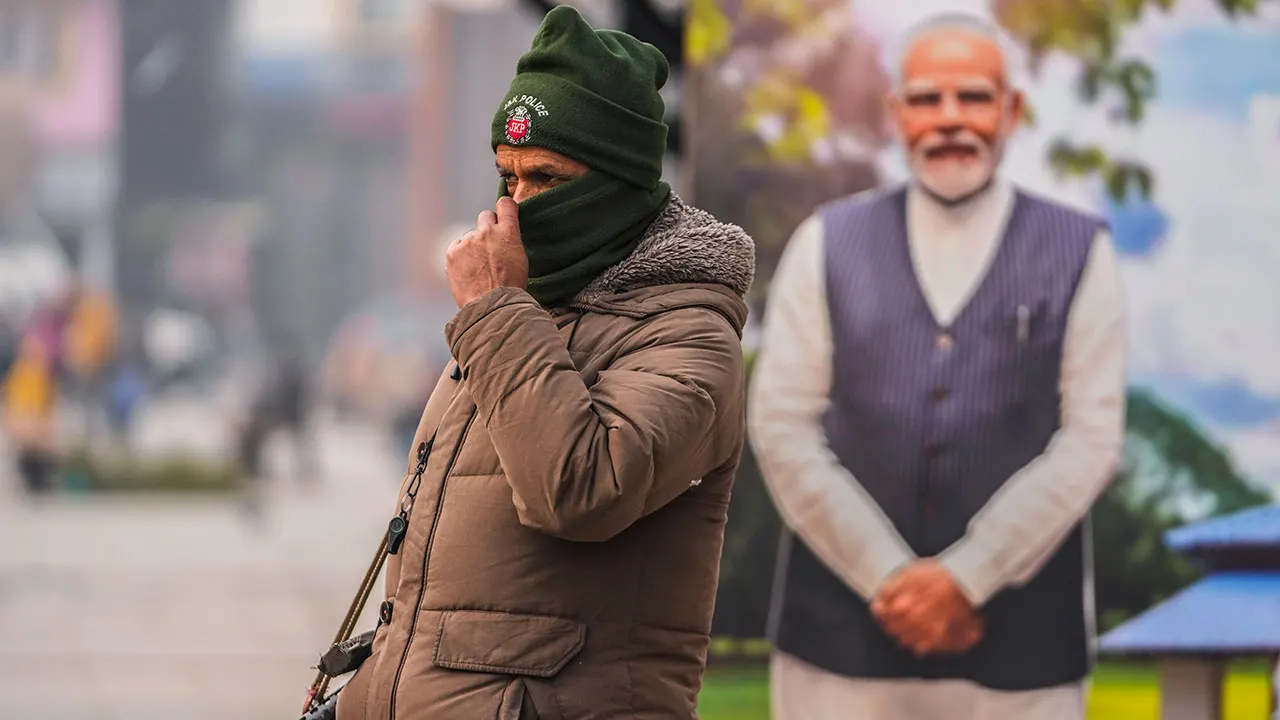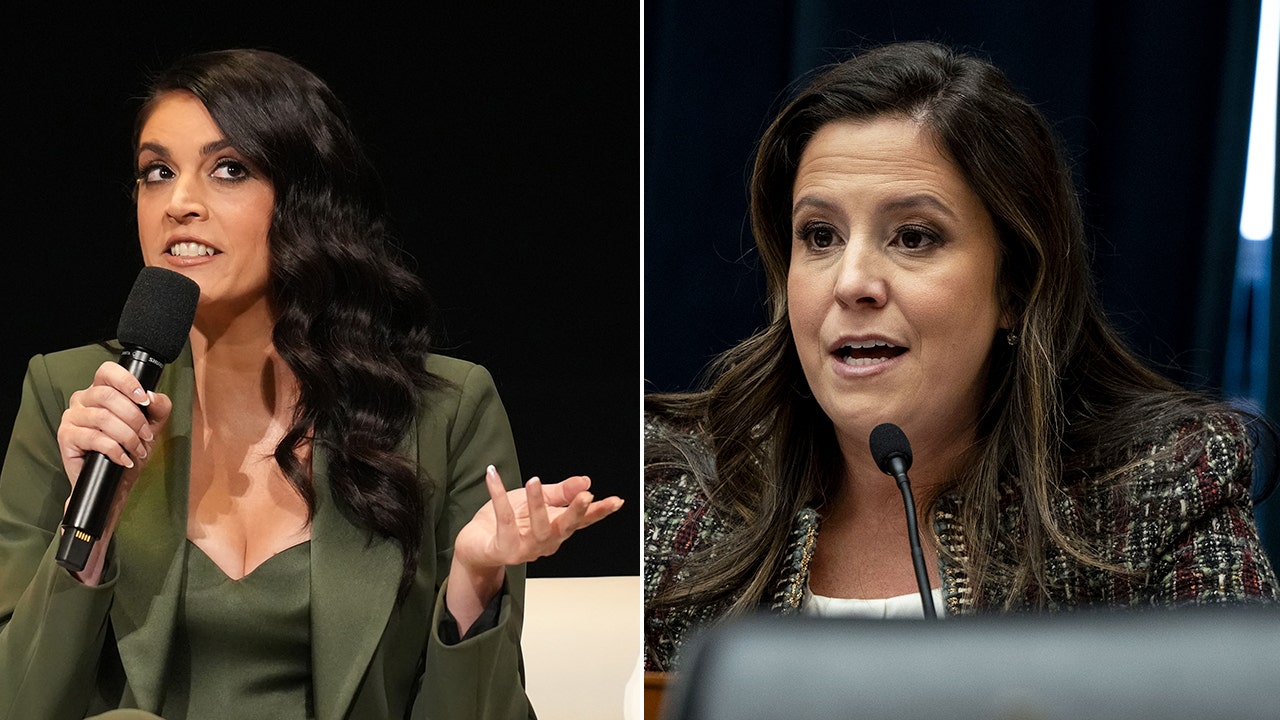
Reading, ‘riting and…… remote learning. The COVID-19 pandemic has had an immediate and permanent impact on our education system. Sudden lockdowns across America in 2020 accelerated the adoption of virtual classrooms. Schools that had previously experimented with the technology were suddenly required to fully embrace online learning – ready or not. As Donna Fortune, an associate professor at the Virginia Tech School of Education, explains, “We quickly realized how much digital infrastructure was lacking. Many rural areas simply didn’t have the technological resources.”
By Fall 2021, nearly all schools across the country were back to offering in-person learning. Teachers had to adapt to hybrid classrooms, learning loss, and new tech. “After the pandemic, a lot of the textbooks… created a lot of digital learning platforms for the students to use for, like math and reading and science.” Fortune adds, “The days are long gone of standing up in front of a class for an hour and pouring knowledge into their head.”
The new educational landscape illuminating industry issues, including teacher burn out and staffing shortages, disparities in access to technology, and reliable internet – particularly in low-income areas. One of the biggest challenges has been learning loss, specifically in reading and math. As Fortune notes, “We might have lost some ground educationally, but it’s going to look different for everybody, right? Some students are going to have felt more loss than others. And but that’s what teachers are good at, helping us understand how to meet the needs of all of those students. ”
In the classroom, educators were often battling a second epidemic. A recent Brookings survey revealing nearly 40% of teachers report more students are struggling with stress, depression, and anxiety compared to before the pandemic. This mental health crisis is largely fueled by isolation, uncertainty, and changes in routine. Psychiatrist and COO of Family Care Center, Dr. Chris Ivany, points out, “Just last year, the American Surgeon General stated that there was an epidemic. There’s a crisis within child and adolescent mental health… and it was a call of back call to action for many people to make access to care, high quality care to or for kids and adolescents in, in ways that we had never done before.”
As a result, schools are prioritizing students’ mental health, many focusing on social emotional learning. With help, Dr. Ivany believes these struggles can be overcome, “When we do deliver care and support for for those kids, the large majority of them get through those conditions successfully and in many cases grow from those experiences.”















